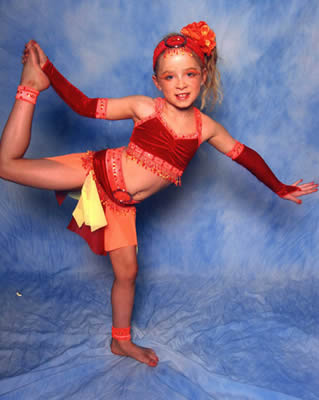 The art of balancing the body depends on alignment awareness—ensuring the main areas of your body are in line. This alignment is important to keeping the muscles and bones working together to achieve a certain look or tone with all parts in their proper places. Balancing is the key regardless of the activity a person is doing. Walking, running and dancing all require the focal parts of the body to work together. The ankles, knees, hips, ribs and head should be in line, especially when performing a particular pose.
The art of balancing the body depends on alignment awareness—ensuring the main areas of your body are in line. This alignment is important to keeping the muscles and bones working together to achieve a certain look or tone with all parts in their proper places. Balancing is the key regardless of the activity a person is doing. Walking, running and dancing all require the focal parts of the body to work together. The ankles, knees, hips, ribs and head should be in line, especially when performing a particular pose.
Another important part of maintaining balance is to create a solid foundation. In dancing, the feet and ankles must be in proper positioning for the rest of the body to stand on. The movements of ballet and other stylistic dancing require a basic understanding of how the body works and moves. Muscular strength and conditioning is important to performing dance moves correctly. A good teacher will be able to help assess and correct any mistakes that students make while learning different dance moves.
Balance may change as young dancers grow in height. This difference may take some getting used to, but part of adjusting is to practice good postural techniques at all times. With practice, balance will become automatic and you can adjust to different surfaces and lighting. Practicing these techniques while holding various poses is very beneficial to developing balance and form, which is essential to performing safely. Dancing is a sport that requires balance and coordination between the music and movement of the ballerina.